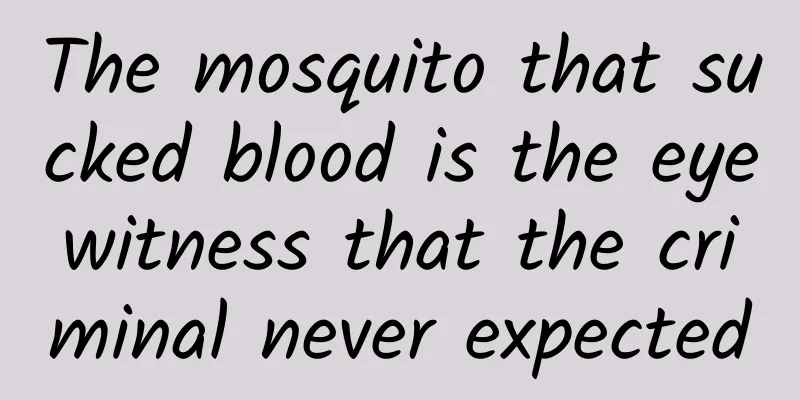What does burdock look like?

|
If many people don't know what burdock is, then they don't know what it looks like. The delicacies made from burdock are also very common in daily life. In normal times, you can also choose to use burdock to make Chinese medicine, so that more people in need can use burdock to treat their diseases. Many people don't know what burdock looks like. First of all, it is a kind of Chinese medicinal herb that grows in the soil. It is very effective in treating various diseases. So what does burdock look like? Burdock (scientific name: Arctium lappa L.), also known as: Arctium lappa, Arctium lappa, Oriental ginseng, also known as Oriental bullwhip vegetable, etc. Japan introduced burdock from China more than a thousand years ago and improved it into food. When Japan occupied Taiwan, it required local farmers in Tainan to grow it in large quantities. The main reason was that Tainan has loose sandy soil along the Zengwen River, the climate of the Tropic of Cancer, and the extension of the famous Alishan Mountain, which made the local burdock uniquely precious. Taiwan has been eating burdock as a vegetable for many years and is known as the birthplace of burdock. It is a biennial herb belonging to the Campanulaceae family, with basal leaves broadly ovate, up to 30 cm long and 21 cm wide. Most or a few capitulums are in cymes or paniculate cymes. Achenes are oblong ovate or obliquely oblong ovate, flattened on both sides, and light brown. Flowering and fruiting period is June to September. It is mainly distributed in China, Western Europe, Kashmir region, Europe and other places. The main production areas of burdock in China are distributed in Jiangsu Province and Shandong Province. Fengxian and Peixian of Xuzhou in Jiangsu Province and Cangshan in Shandong Province have a long history of cultivation and cover a large area. Biennial herb with thick fleshy taproot, up to 15 cm long and 2 cm in diameter, with branched lateral roots. The stem is erect, up to 2 meters high, strong, with a base diameter of 2 centimeters, usually purple or light purple, with many raised ridges, and branches that are obliquely ascending. All stems and branches are covered with sparse papillary short hairs and long spider silk hairs mixed with small brown-yellow glandular dots. The basal leaves are broadly ovate, up to 30 cm long and 21 cm wide, with sparse shallow wavy teeth or tooth tips on the edges, cordate base, and petioles up to 32 cm long, different colors on both sides, green on the upper side with sparse short rough hairs and small yellow glandular dots, grayish white or light green on the lower side, thinly pubescent or sparsely pubescent, with small yellow glandular dots, the petioles are grayish white, covered with dense spider-like hairs and small yellow glandular dots, but the middle and lower parts are often hairless. The stem leaves are the same or nearly the same shape as the basal leaves, with the same and equal number of hairs. The leaves below the inflorescence are smaller, with a truncate or shallowly cordate base. Most or few capitulum inflorescences are arranged in loose umbels or conical umbels at the top of stems and branches, with thick peduncles. The involucre is ovate or ovoid, 1.5-2 cm in diameter. The bracts are multi-layered and numerous, the outer layer is triangular or lanceolate-subulate, about 1 mm wide, the middle and inner layers are lanceolate or linear-subulate, 1.5-3 mm wide; all bracts are nearly equal in length, about 1.5 cm long, with cartilaginous hooks at the top. The small flowers are purple-red, with a corolla length of 1.4 cm, a capillary length of 8 mm, a eaves length of 6 mm, no glandular dots on the outside, and corolla lobes about 2 mm long. Achenes are oblong ovate or obliquely oblong ovate, 5-7 mm long, 2-3 mm wide, flattened on both sides, light brown with many fine veins, dark brown spots or no spots. The pappus is multi-layered and light brown; the pappus bristles are rough and hair-like, unequal in length, up to 3.8 mm long, not connected into a ring at the base, and fall off separately. Flowering and fruiting period is June to September. If you want to cultivate burdock with high nutritional value, then the price you pay is also very high. When planting burdock, the soil must be suitable, and you must also pay attention to the moisture of the plant and the fertilization. If you apply too much fertilizer, then the plants will definitely not be good. When planting burdock, you must also reduce pests. These are all things that must be paid attention to, so that the value of the burdock grown will be higher. |
<<: What are the storage and cultivation methods of Cistanche deserticola?
Recommend
The efficacy and function of white octagonal lotus
Speaking of white star lotus, many people know th...
Xihe ushered in the "solar exploration era", what grand plans will there be in the future?
Solar exploration can improve solar physics resea...
Radial: 2022 Holiday Shopping Season E-Retail Report
Holiday shopping has changed significantly as mor...
The efficacy and function of nail orchid
Nail orchid has a long history, and up to now, th...
Can Chinese medicine dissolve gallstones?
There are many ways to treat diseases such as gal...
What are the functions of licorice and dried ginger soup?
Licorice and dried ginger soup is a soup made wit...
The efficacy and function of neem tree root
Although Western medicine and Western drugs are m...
eMarketer: U.S. apparel retail e-commerce sales to reach $60 billion in 2015
199IT original compilation eMarketer predicts tha...
Tooth extraction can really kill you! From hammering teeth to minimally invasive techniques, here's a look at the evolution of human tooth extraction surgery!
Tooth extraction is a "terrifying" oper...
How to handle wolfberry paste?
Wolfberry is a good medicine for nourishing and m...
Freshly squeezed juice is really not better than fruit! This group of people should pay special attention!
ask Is fructose the sugar in fruit? At first glan...
The efficacy and function of Polygonum convolutum
Polygonum convolvulus is something that many peop...
The efficacy and function of rue
As for rue, I think some of you may have heard of...
Can your cell phone "eavesdrop" on you? Research shows that your cell phone may be "eavesdropped" on you!
I just finished talking to a friend about somethi...
The efficacy and function of rabbit ear wind
Traditional Chinese medicine requires the use of ...









